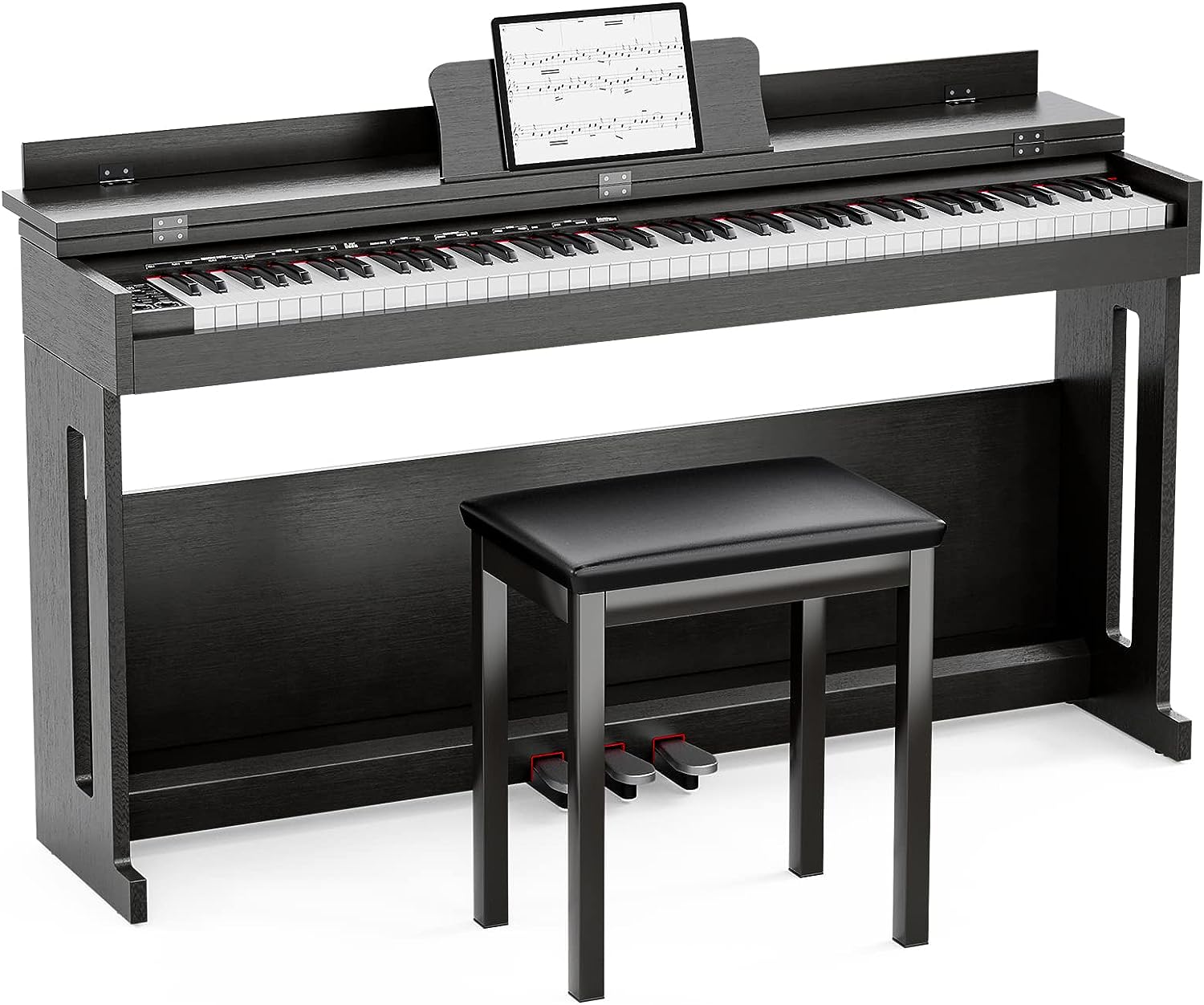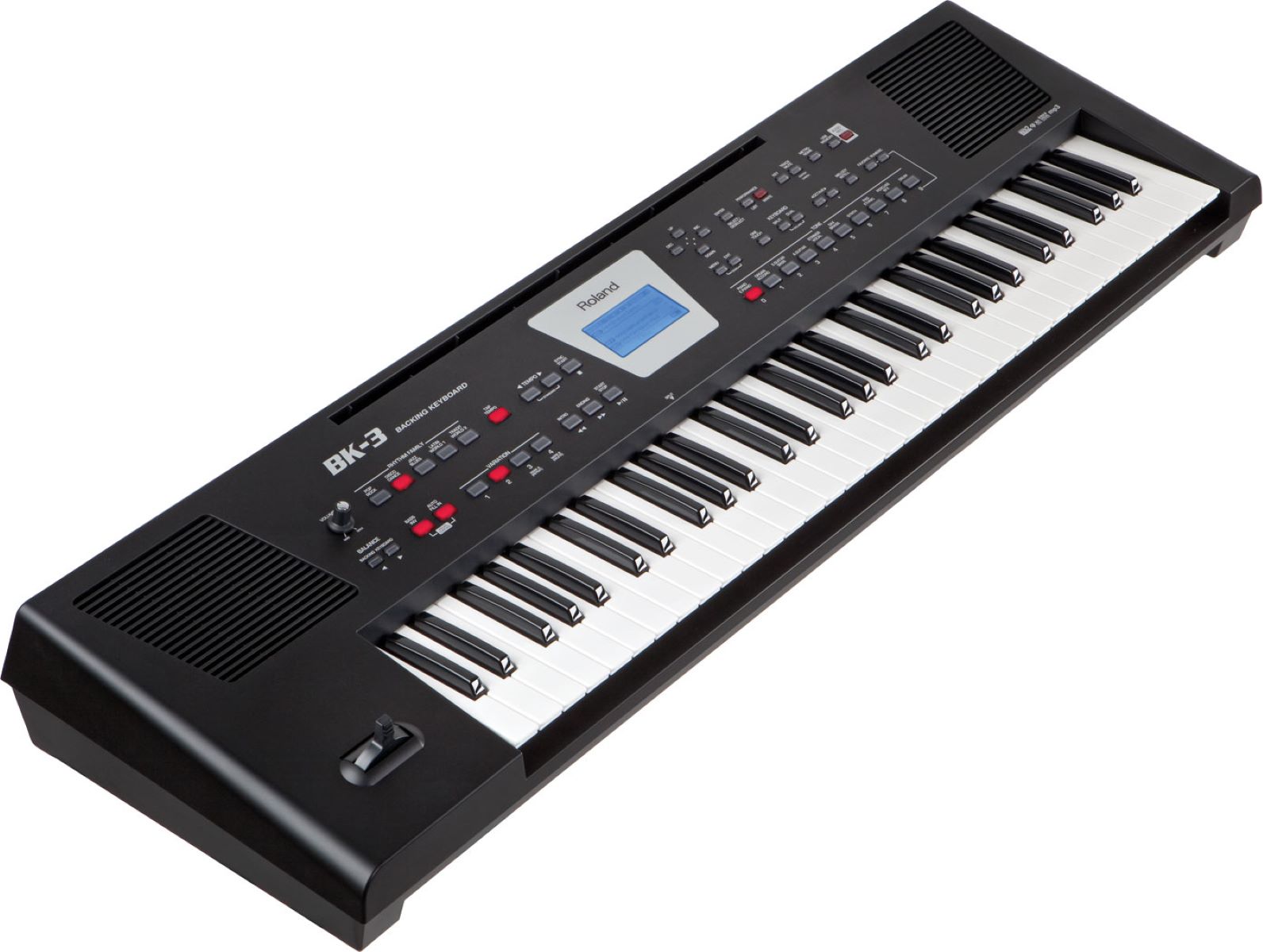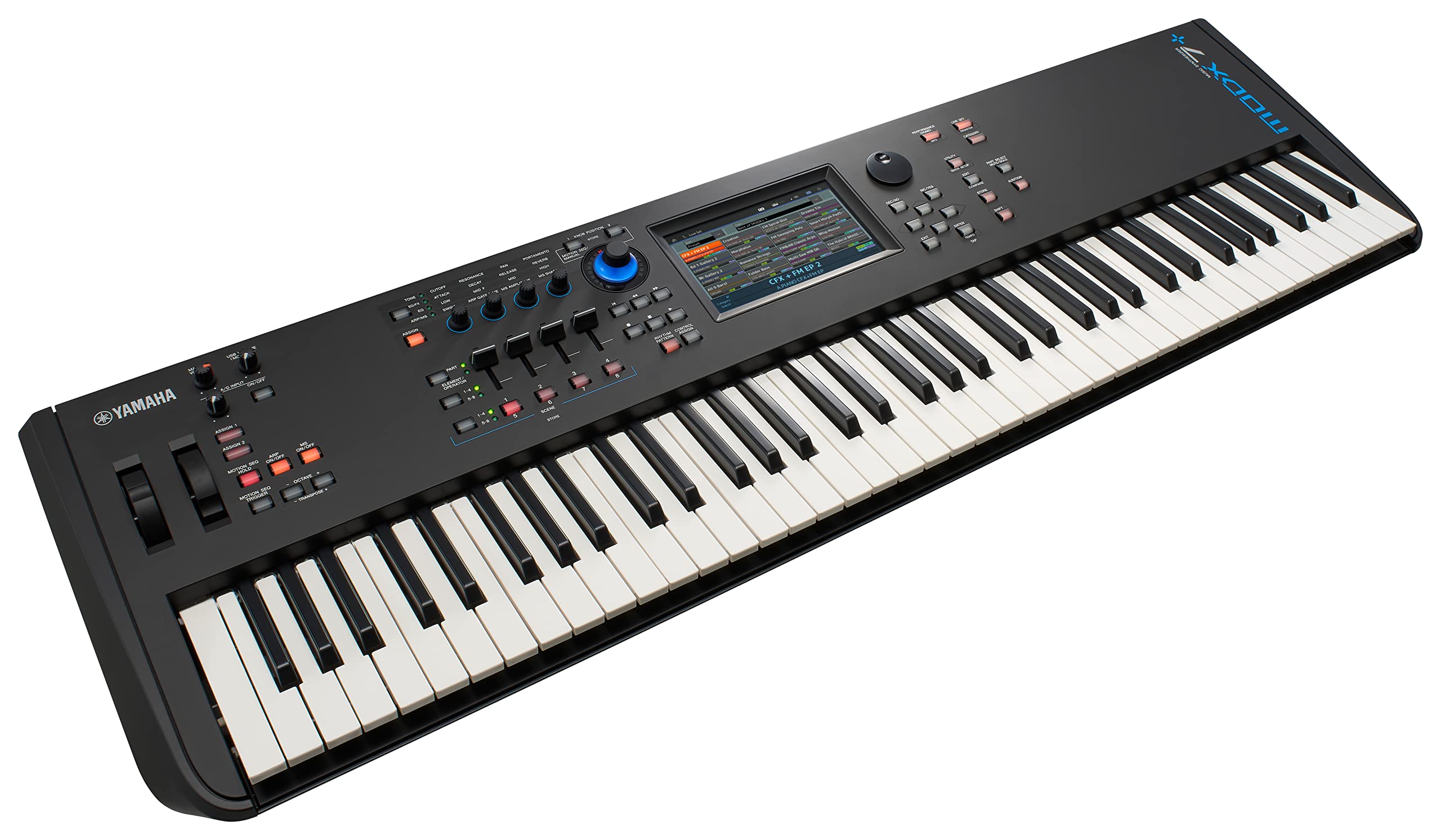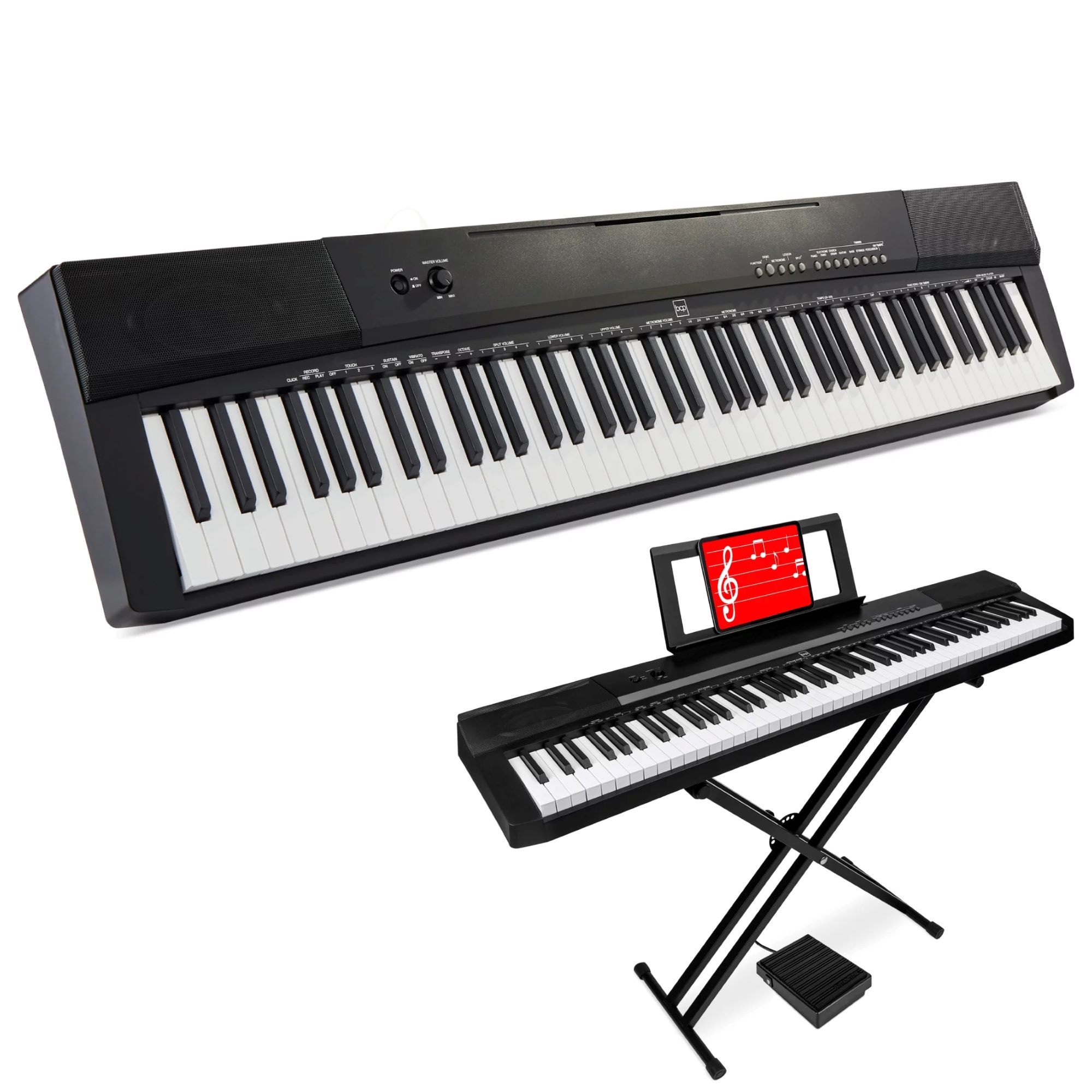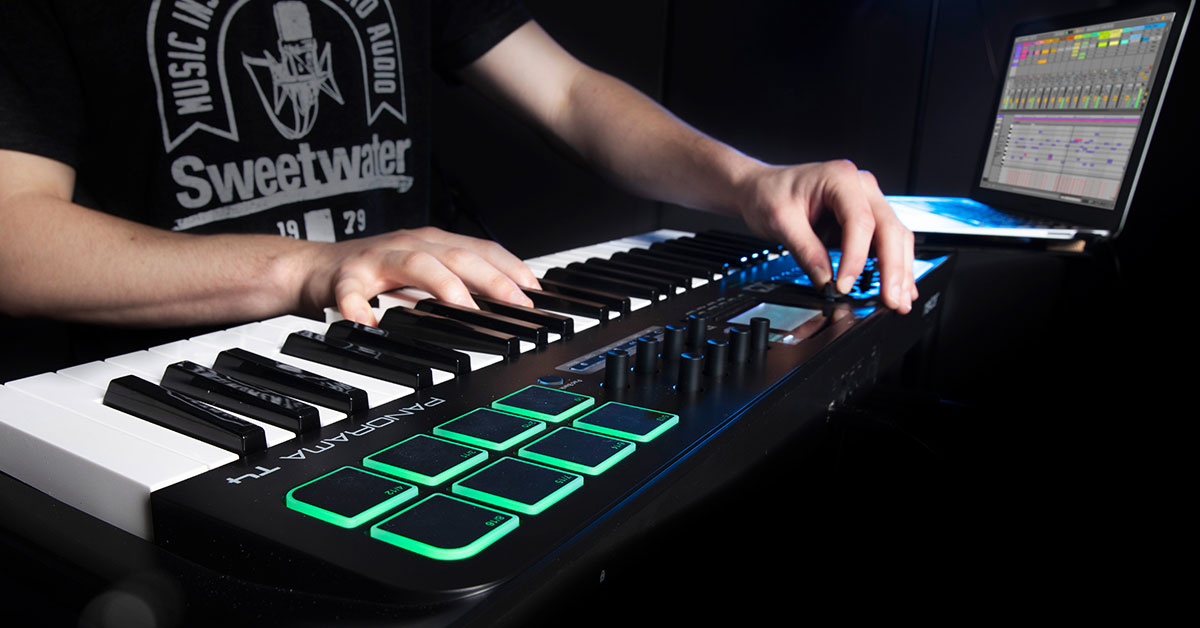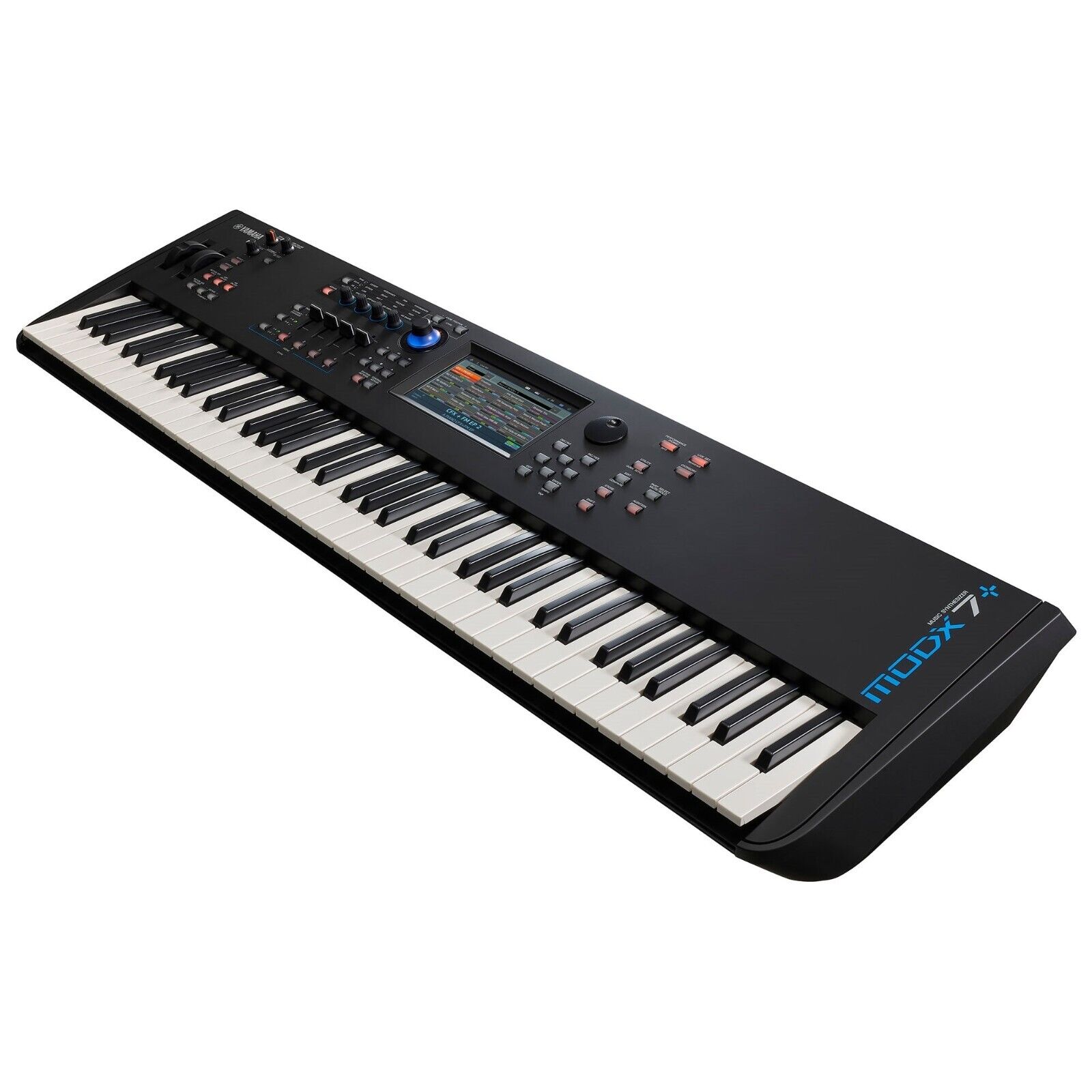Common Causes of Quiet MIDI Keyboards
Common Causes of Quiet MIDI Keyboards
When your MIDI keyboard is producing sound at a lower volume than expected, several factors could be contributing to this issue. Understanding the common causes of quiet MIDI keyboards can help you troubleshoot and resolve the problem effectively.
-
Volume Controls: One of the most common reasons for a quiet MIDI keyboard is inadvertently adjusting the volume controls. Check the volume settings on both the keyboard itself and any connected audio interfaces or software to ensure they are appropriately configured.
-
Connection Issues: Loose or faulty connections between the MIDI keyboard, audio interface, and speakers or headphones can result in reduced volume. Inspect all cables and connections to ensure they are secure and functioning correctly.
-
Power Supply: If your MIDI keyboard is battery-powered or relies on an external power source, low battery levels or power fluctuations can lead to diminished sound output. Ensure that the keyboard is adequately powered to maintain optimal volume levels.
-
MIDI Settings: Incorrect MIDI settings within your digital audio workstation (DAW) or MIDI controller can cause reduced volume. Verify that the MIDI channels, velocity sensitivity, and other settings are configured appropriately to avoid sound attenuation.
-
Audio Interface Settings: The settings on your audio interface, such as input gain and output volume, can directly impact the volume of your MIDI keyboard's output. Review and adjust these settings as needed to optimize sound levels.
-
Sound Module or Software: If you are using a sound module or software synthesizer with your MIDI keyboard, the volume levels within the module or software may be affecting the overall output. Check the volume settings within the sound module or software to ensure they are not causing the quietness.
-
Physical Damage: Physical damage to the MIDI keyboard, such as malfunctioning keys or internal components, can lead to reduced sound output. Inspect the keyboard for any signs of damage and address any issues promptly.
Understanding these common causes of quiet MIDI keyboards can empower you to identify and address the underlying factors contributing to the diminished sound output. By systematically troubleshooting each potential cause, you can effectively restore your MIDI keyboard's volume to its optimal level.
Troubleshooting Tips for Quiet MIDI Keyboards
Troubleshooting Tips for Quiet MIDI Keyboards
When faced with a quiet MIDI keyboard, employing effective troubleshooting techniques can help pinpoint and resolve the underlying issues. Consider the following tips to troubleshoot and address the volume-related challenges of your MIDI keyboard:
- Volume Controls: Begin by checking the volume controls on your MIDI keyboard and any connected audio interfaces or software. Ensure that the volume levels are appropriately adjusted to allow for optimal sound output.
- Connection Inspection: Examine all cables and connections between your MIDI keyboard, audio interface, and output devices. Look for any loose or damaged connections and reseat cables as necessary to establish secure and reliable connections.
- Power Supply: If your MIDI keyboard is battery-powered, replace the batteries with fresh ones or ensure that the external power source is providing adequate power to sustain the keyboard’s sound output.
- Software and DAW Settings: Check the MIDI settings within your digital audio workstation (DAW) or MIDI controller software. Verify that the MIDI channels, velocity sensitivity, and other relevant settings are configured correctly to facilitate optimal volume levels.
- Audio Interface Adjustment: Review the settings on your audio interface, including input gain and output volume. Make adjustments as needed to ensure that the interface is not impeding the MIDI keyboard’s sound output.
- Sound Module or Software Volume: If utilizing a sound module or software synthesizer, inspect the volume settings within the module or software. Ensure that these settings are not inadvertently causing the reduction in sound output from the MIDI keyboard.
- Physical Examination: Conduct a thorough inspection of the MIDI keyboard for any signs of physical damage or malfunctioning components. Address any identified issues promptly to restore optimal sound performance.
By systematically troubleshooting these potential causes of quiet MIDI keyboards, you can effectively identify and address the factors contributing to diminished sound output. Implementing these troubleshooting tips empowers you to restore your MIDI keyboard’s volume to its intended level, allowing for an enhanced musical experience.
How to Adjust MIDI Keyboard Volume
How to Adjust MIDI Keyboard Volume
Adjusting the volume of a MIDI keyboard involves a combination of hardware and software adjustments to ensure optimal sound output. By following these steps, you can effectively adjust the volume of your MIDI keyboard to suit your preferences:
- Hardware Volume Control: Many MIDI keyboards feature dedicated volume control knobs or sliders. Locate the volume control on your keyboard and adjust it to increase or decrease the sound output as desired.
- Audio Interface Settings: If your MIDI keyboard is connected to an audio interface, access the interface’s settings to adjust the input gain and output volume. Fine-tune these settings to optimize the volume of the MIDI keyboard’s output.
- Digital Audio Workstation (DAW) Controls: When using a DAW, explore the volume controls within the software. Adjust the track volume or MIDI channel volume to modulate the sound output of the MIDI keyboard within the DAW environment.
- MIDI Controller Software: Certain MIDI keyboards come with accompanying software that allows for extensive customization, including volume adjustments. Utilize the MIDI controller software to modify the volume settings and tailor the sound output to your preferences.
- Sound Module or Software Synthesizer: If employing a sound module or software synthesizer in conjunction with your MIDI keyboard, access the volume controls within the module or software. Make necessary adjustments to align the sound output with your desired volume level.
By leveraging the hardware controls, audio interface settings, DAW controls, MIDI controller software, and sound module adjustments, you can effectively adjust the volume of your MIDI keyboard to achieve the desired sound output. Experiment with these adjustments to find the optimal volume level that suits your musical endeavors.
Other Potential Issues with MIDI Keyboards
Other Potential Issues with MIDI Keyboards
While volume-related issues are common, MIDI keyboards may experience other potential issues that can impact their performance and functionality. Understanding these additional concerns can aid in comprehensive troubleshooting and maintenance of MIDI keyboards:
- Latency: MIDI keyboards may encounter latency, which refers to a delay between pressing a key and hearing the corresponding sound. This can result from software settings, system performance, or hardware limitations.
- Unresponsive Keys: Some MIDI keyboards may exhibit unresponsive keys due to mechanical issues, dirt or debris accumulation, or electronic malfunctions. Regular cleaning and maintenance can help address and prevent unresponsive key problems.
- Compatibility Issues: Compatibility challenges may arise when integrating MIDI keyboards with different software, hardware, or operating systems. Ensuring compatibility and updating drivers and firmware can mitigate these issues.
- Intermittent Connectivity: MIDI keyboards may experience intermittent connectivity issues, leading to sporadic disconnection from the connected devices. Inspecting cables, connectors, and interface settings can help address and resolve connectivity concerns.
- Erratic Pitch Bend or Modulation: Inconsistent pitch bend or modulation behavior can detract from the MIDI keyboard’s performance. Calibrating and adjusting the pitch bend and modulation settings can rectify these irregularities.
By acknowledging and addressing these potential issues with MIDI keyboards, users can proactively troubleshoot and maintain their instruments to ensure consistent performance and reliability. Employing effective troubleshooting techniques and seeking professional assistance when necessary can help mitigate these concerns and optimize the functionality of MIDI keyboards.









